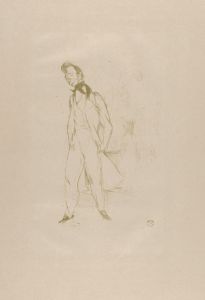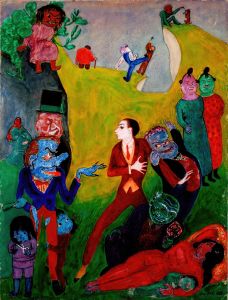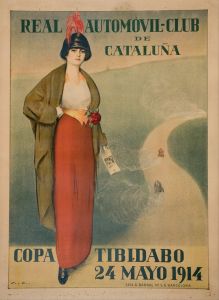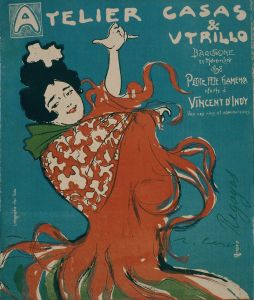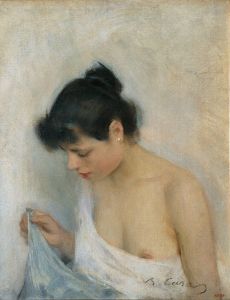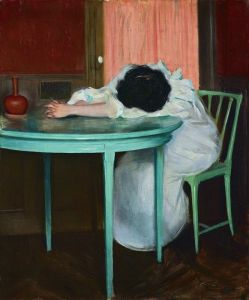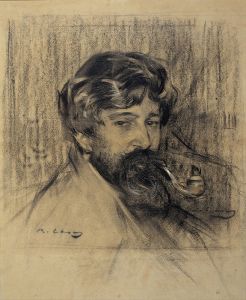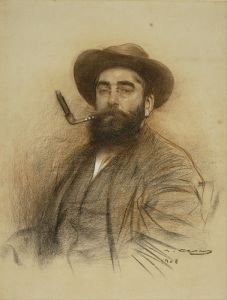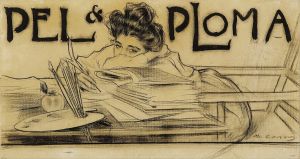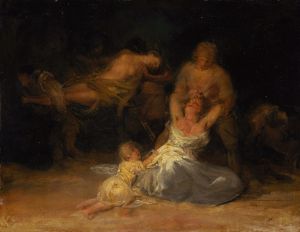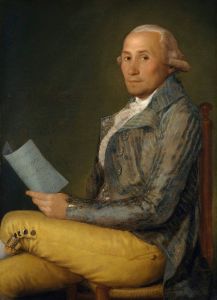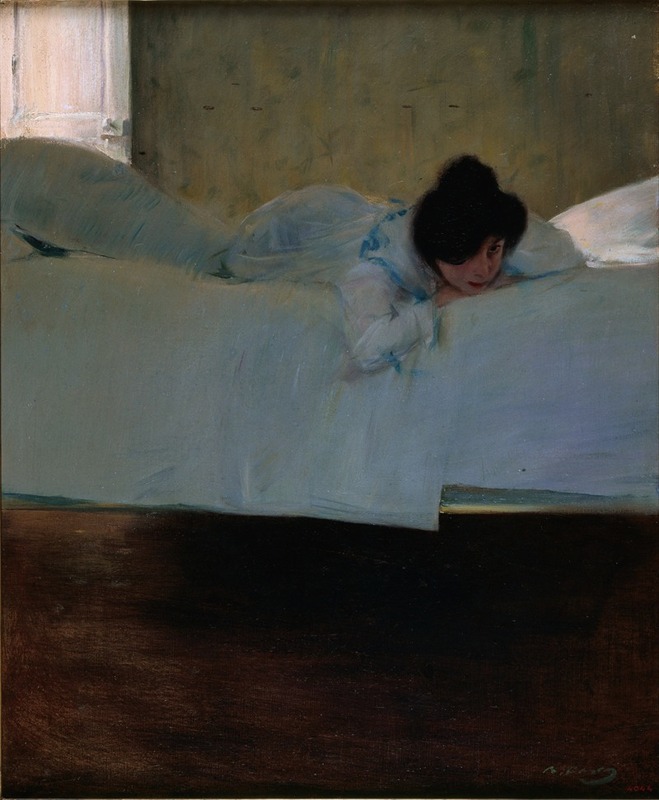
Laziness
A hand-painted replica of Ramón Casas’s masterpiece Laziness, meticulously crafted by professional artists to capture the true essence of the original. Each piece is created with museum-quality canvas and rare mineral pigments, carefully painted by experienced artists with delicate brushstrokes and rich, layered colors to perfectly recreate the texture of the original artwork. Unlike machine-printed reproductions, this hand-painted version brings the painting to life, infused with the artist’s emotions and skill in every stroke. Whether for personal collection or home decoration, it instantly elevates the artistic atmosphere of any space.
Ramón Casas i Carbó was a prominent Spanish painter known for his significant contributions to the Catalan Modernisme movement. Born in Barcelona in 1866, Casas was a key figure in the cultural and artistic scene of late 19th and early 20th century Spain. His works often depicted the social and cultural life of his time, capturing the essence of the modernist spirit.
One of his notable works is "Laziness" (Spanish: "La Pereza"), which exemplifies his skill in portraiture and his ability to convey mood and atmosphere. Although specific details about the painting "Laziness" are not extensively documented, it is consistent with Casas' style during his mature period, where he focused on capturing the subtleties of human expression and the nuances of everyday life.
Casas was known for his portraits and genre scenes, often featuring the bourgeoisie and bohemian characters of Barcelona and Paris. His works are characterized by their elegance, attention to detail, and a certain psychological depth. "Laziness" likely reflects these qualities, portraying a moment of introspection or leisure, a common theme in Casas' oeuvre.
The painting would have been created during a time when Casas was deeply involved with the artistic circles of Barcelona, particularly the Els Quatre Gats café, which he co-founded. This café was a hub for artists, writers, and intellectuals, and played a crucial role in the development of Catalan Modernisme. Casas' association with this group influenced his work, as he was exposed to new ideas and artistic trends.
Casas' technique often involved a loose, fluid brushwork that conveyed a sense of immediacy and spontaneity. He was adept at using light and shadow to create mood and depth, a skill that would be evident in "Laziness." His palette typically included muted tones, which added to the introspective quality of his portraits.
Throughout his career, Casas received numerous accolades and his works were exhibited widely, both in Spain and internationally. His ability to capture the zeitgeist of his era, combined with his technical prowess, made him one of the leading figures of Spanish modernism.
While specific information about "Laziness" is limited, it can be appreciated as part of Casas' broader body of work, which continues to be celebrated for its contribution to modern art. His paintings remain significant for their historical and cultural insights, offering a window into the life and times of early 20th century Spain. Today, Ramón Casas is remembered as a master of his craft, whose works continue to be studied and admired for their artistic and historical value.






